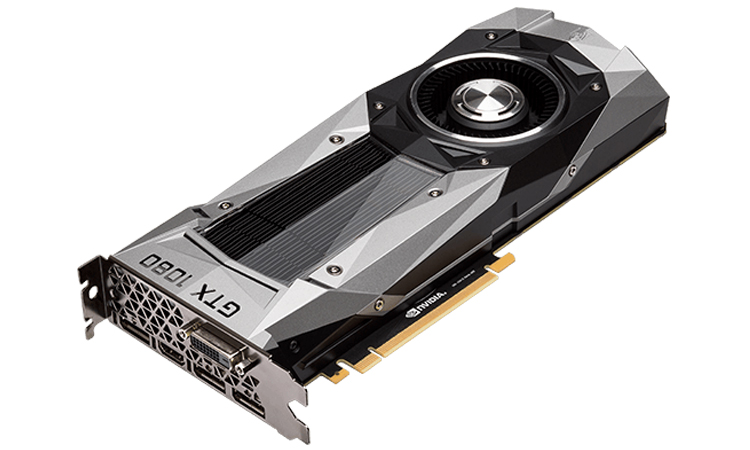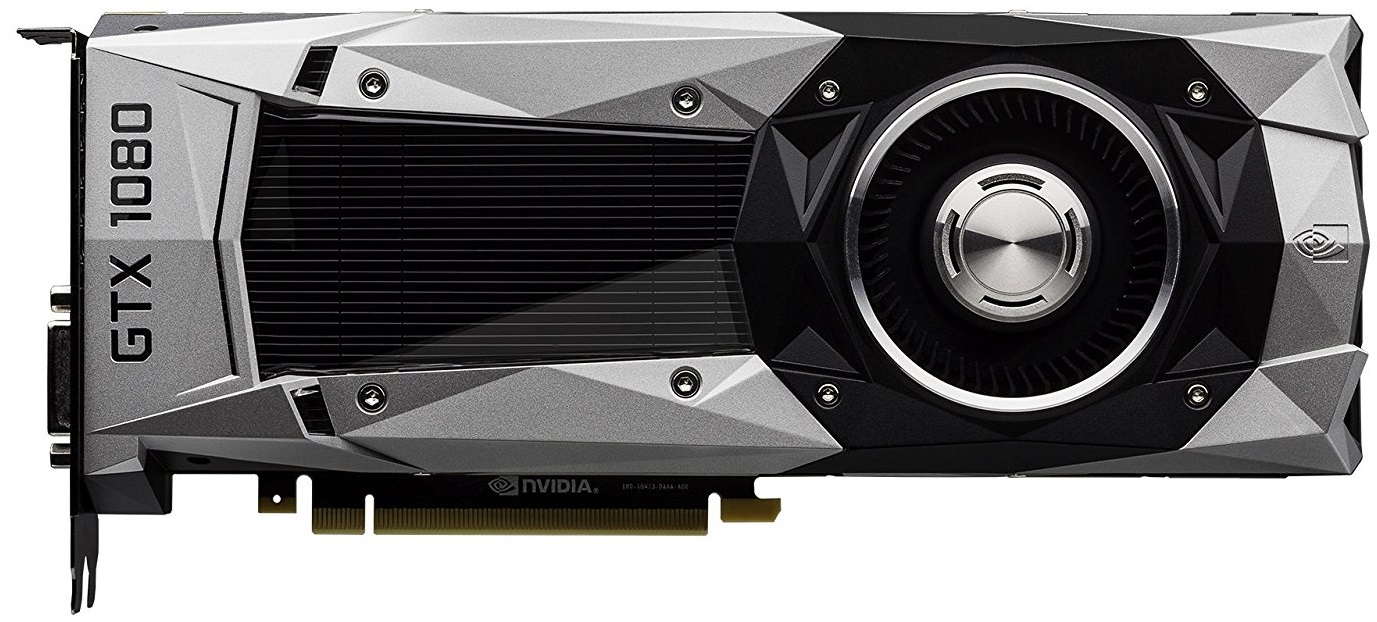Why GPU Pricing Is About to Drop Even Further
Much to the delight of enthusiast PC gamers, graphics card pricing has decreased in the past few weeks, with many Nvidia and AMD GPUs reverting back to (or close to) their original MSRPs. However, if you are to believe the rumors, pricing on currently available graphics cards is about to plummet even further. Here’s why.
Cryptocurrency Demand Dwindled
By all accounts, the GPU pricing crisis was a result of the cryptocurrency mining boom. It started with AMD graphics cards (they were better suited for the algorithms used for various cryptocurrencies), and Nvidia pricing soon followed suit as Ethereum (which could be mined exceptionally well on 10-series GPUs) exploded. As the value of cryptocurrencies started to decline in Q1, the demand for the GPUs dwindled, and the arrival of new ASIC miners that were more efficient than consumer-grade GPUs further decreased the need for commercial miners to dip into gaming markets for capable mining hardware. However, it took a while for pricing to drop back to (or close to) original MSRPs as we see them today. With cryptocurrency miners sated, gamers now have plenty of in-stock graphics card options at different price points, and the price tags will continue to get chopped down over time.
10-Series Overstock?
A rumor reported by Seeking Alpha suggests that a “major Taiwanese OEM” returned 300,000 10-series Nvidia GPUs as a result of the diminished graphics card demand the market is currently facing. If there’s any truth to the theory, Nvidia has plenty of 10-series GPUs to sell off before the 11-series arrives, and you don’t have to be an economics major to know that when there’s an abundance of product and little demand, pricing is about to take a dive in favor of consumers.
Nvidia 11-Series Inbound
One of the most recent rumors suggests that Nvidia is about to debut its 11-series “Turing” graphics cards at Gamescom next month. In the past, Nvidia GPU launches (especially those debuting new architectures) would usher in significant price cuts for its previous-gen products as vendors cleared their inventories in anticipation for the new graphics cards. The same is sure to occur when the 11-series arrives (whenever that may be), and this amounts to huge savings for consumers willing to live with hardware that isn’t the latest and greatest but can still pack plenty of performance punch for the dollar. Waiting to purchase a 10-series Nvidia GPU until after the 11-series is officially announced could net you a seriously powerful graphics card for a substantially lower price.
AMD graphics card pricing is also likely to follow suit. For the most part, AMD has been playing catch up with Nvidia on the gaming graphics card market for a few years now, and the company usually has to “follow the leader” when it comes to the price/performance of their wares. Many AMD graphics cards are priced nearly identical to their respective competition’s counterparts (example: RX 580 4GB and GTX 1060 3GB, RX 580 8GB and GTX 1060 6GB), and if AMD expects to remain competitive while it readies a new graphics architecture of its own, the company will have to drop its current prices as well.
Wait To Buy, But Not Too Long
If you’re itching to upgrade your aging graphics card to something more modern today, many of our tips and tricks to scoring a graphics card during the GPU price crisis are still applicable. However, waiting it out a bit longer will undoubtedly result in a better deal, either with more-powerful GPU options or severely reduced pricing for current-gen products. However, don’t wait too long if you plan on scooping up a 10-series graphics card – supplies will eventually run out once the floodgates of savings open up when the Nvidia 11-series is announced.
Get Tom's Hardware's best news and in-depth reviews, straight to your inbox.
Derek Forrest was a contributing freelance writer for Tom's Hardware. He covered hardware news and reviews, focusing on gaming desktops and laptops.
-
g-unit1111 I actually welcome a surplus. After the shortage we've had to endure the last 8 months, and the absolute hell that was, I think an abundance of GPUs will entice more gamers and system enthusiasts to build their own as opposed to buying prebuilt, and it will also reduce the number of garbage / fake cards being sold on eBay, Amazon, and so on.Reply -
zodiacfml Don't buy till retail drops to MSRP or less! Let gamers dictate the price for once! We have to teach Nvidia a lesson!Reply
This will also help versus rumors that the next Nvidia flagship will have a price increase over previous gen. -
Onus Furthermore, the availability of ASICs will cause miners to start dumping their cards on the used market. They might have been ridden hard, but will likely be cheap.Reply -
Nintendork Anyone that bought gpu's to mine in early 2018 was totally screwed, good for them, intelligent people knew this was going to fall, gpu mining was good when you could get them close to MSRP in late 2016/early 2017 and sell the gpu's in march 2018.Reply -
kenjitamura This is good news but I'm fairly sure the headline everyone is waiting for is "Why RAM pricing is set to plummet".Reply -
Nintendork You can get an RX570 4GB for $219 at amazon, $209 with mail in rebate. It's the most bang for buck gpu, totally destroys a GTX 1050/1050ti and it's performance is around half an OCed to hell 1080 or Titan Xp depending if the game is nvidia or amd optimized.Reply
Good deal. -
InvalidError Reply
It won't.21135739 said:Don't buy till retail drops to MSRP or less! Let gamers dictate the price for once! We have to teach Nvidia a lesson!
Most of the marking-up happens at the retailers' end. Nvidia doesn't have control over retail prices, all it does is supply the GPU chips to AIB partner on contract pricing. Nvidia doesn't receive an extra penny from third-party boards retailing at twice Nvidia's MSRP, the only extra cash it gets is from bumping prices on its own Founders Edition boards. -
sorten I can't get excited about 2 year old video cards almost dropping to their original MSRP. I won't be buying for quite a while - probably not this year.Reply

